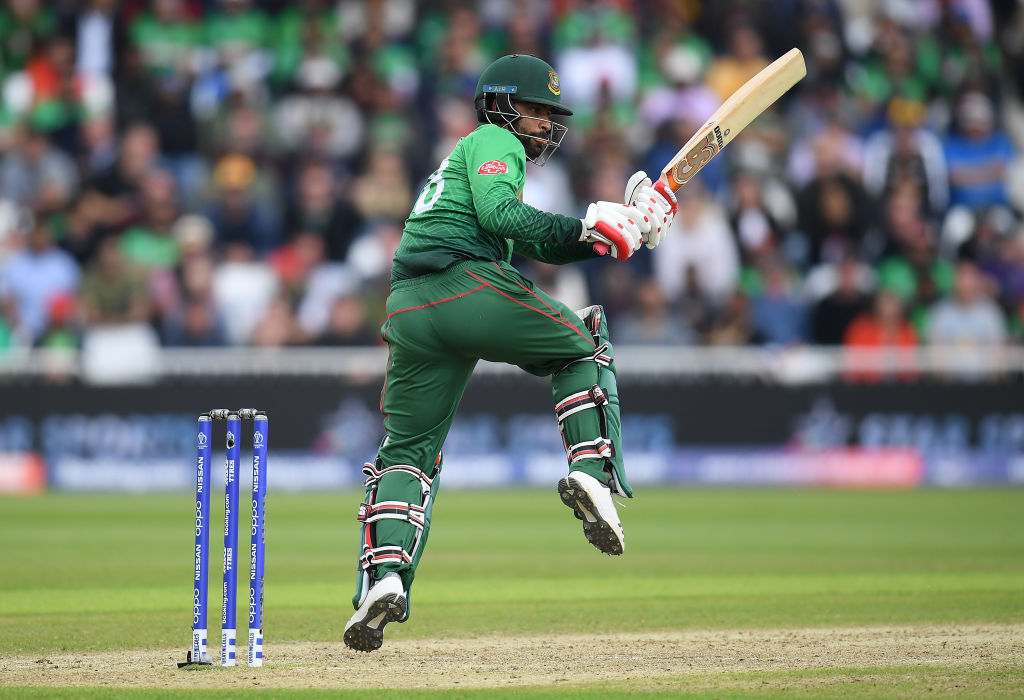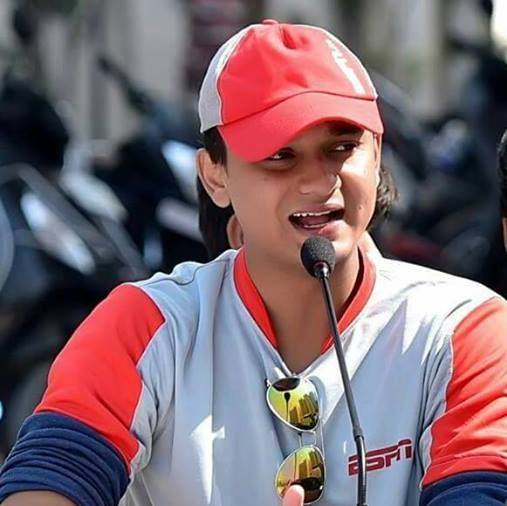Time for Tamim Iqbal to walk the talk and lead Bangladesh's resurgence
'I personally didn't come to New Zealand for improvement. We came to win games. This is no longer just a bilateral series. This is a points-based system. You win, you get points and make your life easier for qualification. It was a disappointing series for us. We didn't play well' - Tamim Iqbal.

Killer-instinct. It's one common thread that binds almost every successful entity that exists in the world. It was West Indies and Australia's killer instinct that helped them dominate world cricket in the 1980s and 2000s respectively. A quality, hard to find even more difficult to master and sustain. And the above-mentioned statement made by Tamim Iqbal, post a shambolic whitewash at the hands of New Zealand, symbolized that just in his second ODI series since taking over the full-time captaincy, the Bangladesh skipper wasn't afraid of calling a spade a spade.
He was demanding his teammates to showcase killer instinct, something that we often don't associate with a rather diffident Bangladesh despite their evolution over the years. They win at home but crash away. They reach the quarterfinals/semi-finals of world events but never come even close to winning it. Tamim's assessment was spot on. He recognized a long-standing problem and wanted his team to overcome it.
But, then a leader's words are as good as his own actions. It just doesn't sit well that it came after a series where the skipper himself averaged 30.66 with a strike rate of 69.69. John Maxwell had rightly summed up that, “A leader is one who knows the way, goes the way, and shows the way.”
For instance, a certain Virat Kohli didn't change the fitness culture in a country like India, a team that was never known for its fitness standards, by just talking his team into it. He had first put his blood, toil, tears, sweat and every ounce of determination into becoming a world-class athlete himself and only after his team saw him lead by example like that, they realized if they have to work with a man like that, they better demonstrate few qualities like him as well. And now, the excellent fitness levels in players has not remained confined to the senior team but has reached even the grassroots, and is what we call a 'revolution' in Indian cricket.
Tamim's long-standing problems came chasing him down in New Zealand - inability to convert the fifties into hundreds, failing to score against top five nations and a poor strike rate. And it's not just about the New Zealand series, these have been issues with the left-hander, and unfortunately, he has done little to arrest his familiar foes, at least, the output suggests so. Tamim has got 13 hundreds and 50 half-centuries in one and half-decade long career. Reading these numbers, one may assume that they belong to a finisher, who bats at five or six, but no, these numbers are for someone who opens the innings, which makes it worse.
To put things into context, if we take a minimum of 5000 runs for openers starting out from the start of 2007 in ODIs, Tamim's conversion rate of 20.6% is the worst, followed by Martin Guptill's conversion rate of 33.3%, which is still far better. However, Guptill strikes at 88.63 and gives quick starts to his side that helps keep up with the momentum of the game. On the other hand, Tamim's strike rate of 78.35 is the worst among all the openers, with 88.42 the second worst, which is again a daylight difference. Last year, he scored twin centuries against Zimbabwe but it had come after a streak of 23 games where he went without a century.
So, it's a classic case of getting the best batting position in the line-up, starting slowly, eating up deliveries, not helping the team's momentum, and then failing to finish with a flourish. Something that was on display against New Zealand in the second ODI, a do-or-die fixture in Christchurch. After getting well-set, having the measure of conditions, Tamim perished for 78 off 108 in the 31st over. He failed to capitalize and make a big hundred, and Bangladesh, despite Mohammad Mithun's quick-fire fifty, couldn't even reach 300. It resulted in a loss. It wasn't a bad knock by the opener per se, just that someone in his 15th year of international cricket needs to do better than that, and a leader, far more. Not to forget, Iqbal didn’t turn up at all in the other two ODIs of the series. This brings us to his other issue - mediocrity against top-five ODI series.

 © Twitter
© TwitterAgainst the top five ODI nations of the world, Tamim doesn't average 40 against any one of them. Since the start of 2017, Tamim has averaged 36.05 against teams like India, Australia, England, New Zealand and South Africa respectively, so there’s not much of an improvement on display too. In comparison, Shakib Al Hasan and Mushfiqur Rahim are averaging 44.93 and 45.15 against these five nations in the same time period.
Time to bring out Tamim Iqbal 2.0
This is where Tamim Iqbal can take a leaf out of MS Dhoni's book. When the former Indian skipper burst onto the scene, he would play slam-bang cricket. But there was a tectonic shift when he took over the Indian captaincy in 2007. In accordance with the team's needs, he became a responsible finisher and till the end of 2011, he not only helped India win the World Cup, but his average sky-rocketed from close to 43 in his initial years to a phenomenal 56.61 in the above-mentioned time period, and he was able to dominate the batting charts. It was MS Dhoni's openness to reinvent himself and do the hard yards that made him into the player he was.
Similarly, the 32-years-old Bangladesh skipper, who's supposedly in his peak years, needs to reinvent himself as a batsman to match the team's needs. If he's playing the role of an anchor, he ought to bat at a better strike-rate, and try to push himself a little more. It all boils down to constructing the innings efficiently and then making the most of getting set in the middle, by converting fifties into big scores, which someone of his calibre, can surely pull off. Also, he needs to come up with better game-plans against top-notch sides because he sets the tone for the team as an opener and now the captain.
From a tearaway quick in his early days to losing out on his pace, owing to seven operations on his legs, knees and ankles, Mashrafe Mortaza's journey was inspirational but more so was his captaincy legacy, which taught Bangladesh how to win. And now, it's on Tamim Iqbal to further the team's progress and help the country develop a killer instinct, but for that, he will need to start from himself first and lead from the front. The series against Sri Lanka, after a disastrous New Zealand tour, would be ideal to start the team’s resurgence with Bangladesh looking to win their maiden bilateral ODI series against the Lankans.

Comments
Sign up or log in to your account to leave comments and reactions
0 Comments